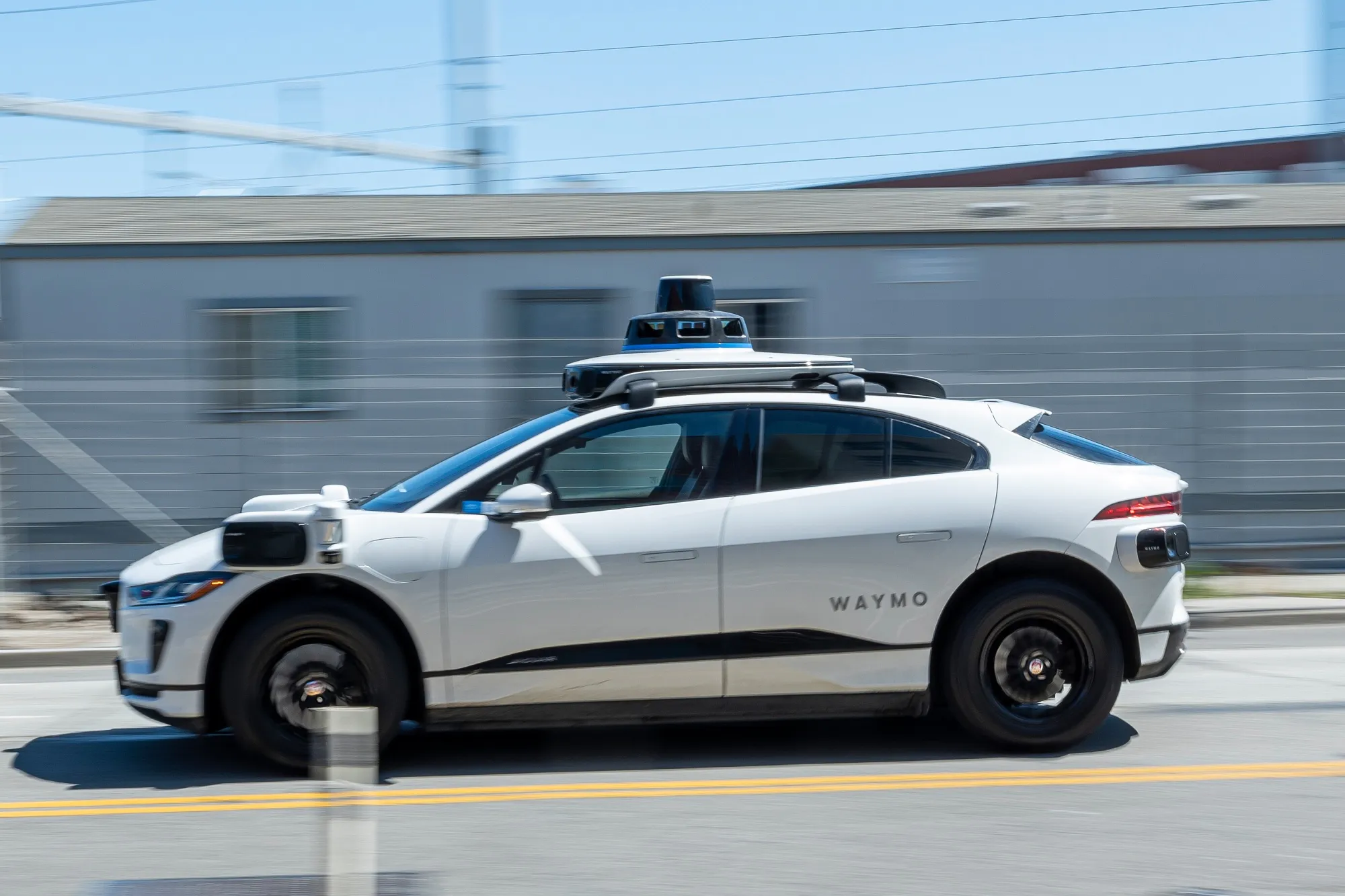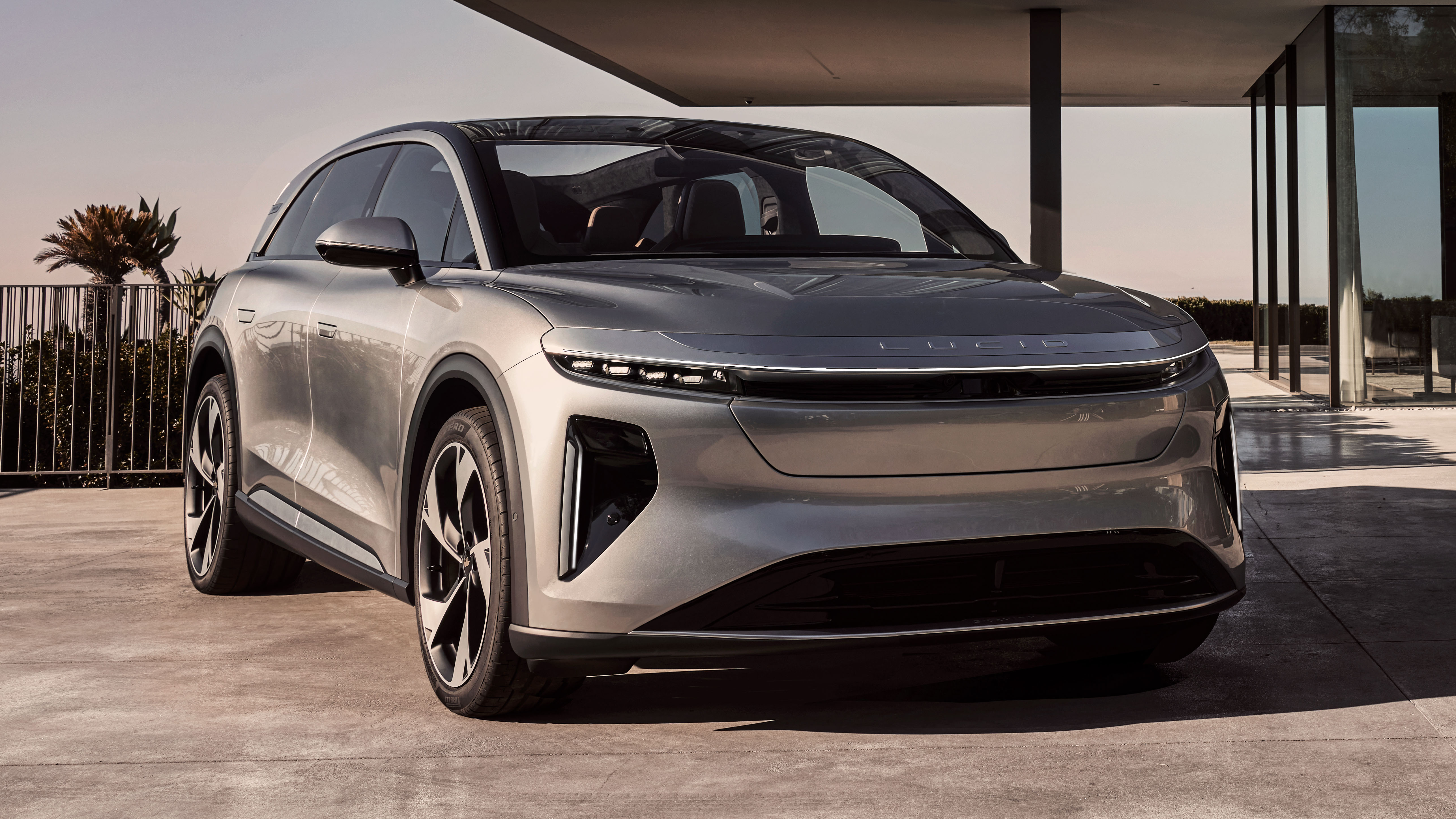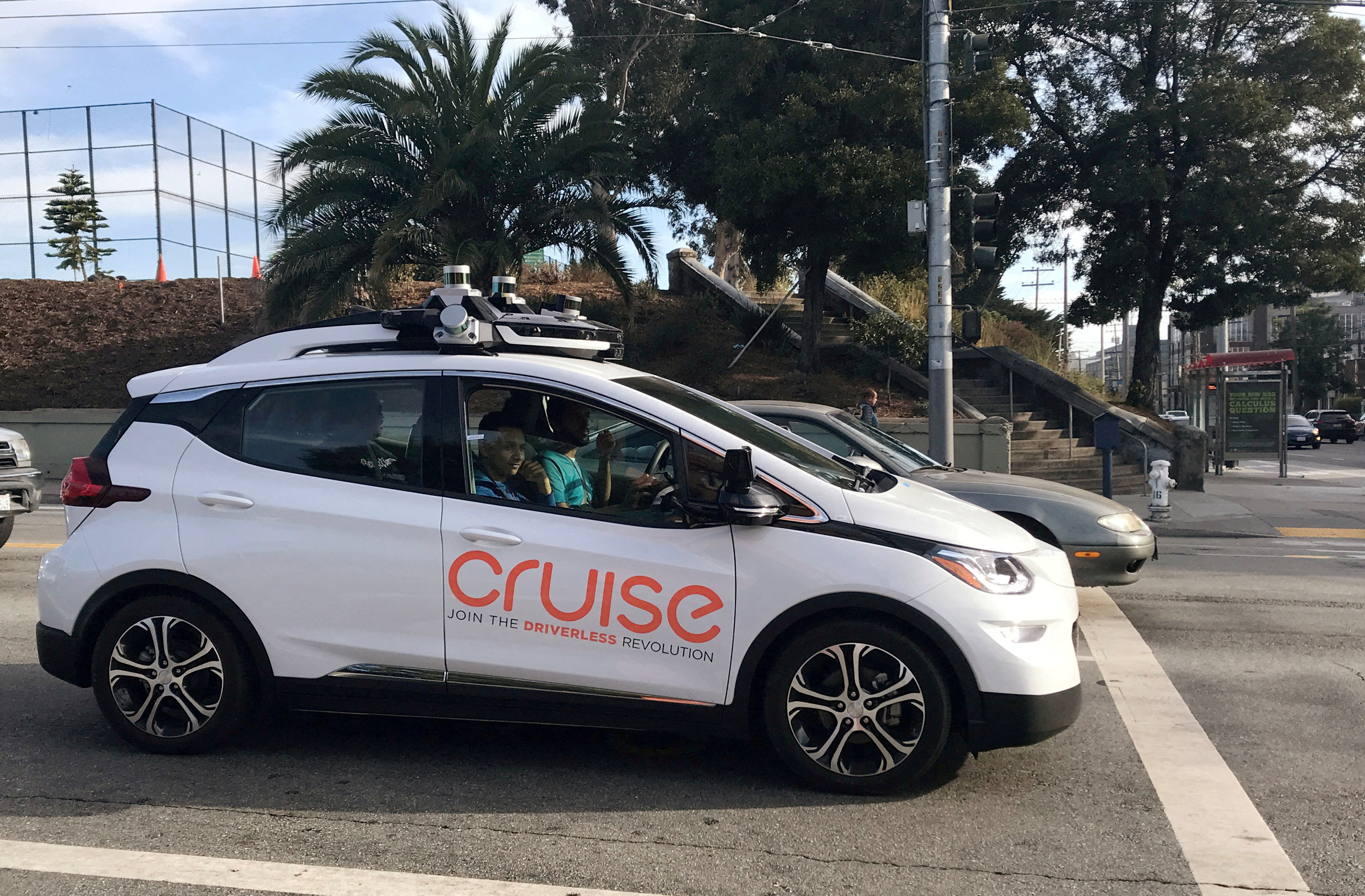Uber Plans Autonomous Taxi Rides in San Francisco Bay Area Starting Late 2026
Uber Plans Autonomous Taxi Rides in San Francisco Bay Area Starting Late 2026
Quick Summary: Uber announced Wednesday that San Francisco will be the first market for its custom-built robotaxi service launching in late 2026, developed in partnership with Lucid and Nuro. The company plans to deploy over 20,000 autonomous vehicles within six years.

Uber's Robotaxi Revolution Begins in San Francisco
The future of ride-hailing is accelerating faster than expected. Uber Technologies has officially announced that the San Francisco Bay Area will be the launch market for its specially designed autonomous taxi service, with operations expected to begin in late 2026. This marks a significant milestone for the world's largest ride-hailing platform as it transitions into the self-driving vehicle era.
The San Francisco-based company revealed that it's developing these robotaxis in collaboration with Lucid Motors, the electric vehicle manufacturer, and Nuro Inc., a leading self-driving technology firm. The vehicles are exclusive to Uber's platform but are based on the luxury Lucid Gravity SUV, promising both comfort and cutting-edge autonomous capabilities.
What Makes Uber's Autonomous Taxi Different?

Unlike existing autonomous taxi services, Uber's robotaxi is being purpose-built from the ground up specifically for ride-hailing operations. The partnership with Lucid ensures that passengers will experience premium electric vehicle comfort, while Nuro's autonomous technology promises safe and reliable self-driving capabilities.
According to Uber's announcement, Lucid has already delivered test vehicles to Nuro, and the company plans to have approximately 100 test vehicles on San Francisco roads within the coming months. This testing phase will be crucial for refining the technology before the full commercial launch.
Ambitious Expansion Plans
Uber isn't thinking small. The company has outlined aggressive growth targets:
- 20,000+ autonomous vehicles deployed within six years across multiple U.S. cities
- 100 test vehicles on the road in the coming months for San Francisco testing
- Full integration with the existing Uber app, requiring no separate platform for users
- Seamless booking experience for riders in over 15,000 cities globally
Multiple Partnerships Accelerating Autonomous Future

Uber is hedging its bets by working with multiple technology partners to speed up autonomous vehicle deployment. On Tuesday, the company announced additional collaborations with Nvidia and automaker Stellantis. This partnership aims to produce at least 5,000 vehicles powered by Nvidia's autonomous driving software by 2028 for U.S. operations.
Last week, Uber also began offering autonomous taxi rides in Saudi Arabia through a partnership with WeRide, a Chinese autonomous technology company. This international expansion demonstrates Uber's commitment to bringing self-driving technology to markets worldwide.
How Uber Compares to Waymo and Competitors
While autonomous taxis aren't entirely new—Waymo (owned by Google's parent company Alphabet) has been testing robotaxis for years—Uber's adoption is particularly significant given its position as the world's largest ride-hailing service operating in over 70 countries.
Waymo currently operates autonomous taxi services in:
- Phoenix, Arizona
- San Francisco, California
- Los Angeles, California
- Atlanta, Georgia
- Austin, Texas (in partnership with Uber)
Waymo recently announced plans to expand to London in 2026, marking its first international market. Interestingly, Uber is already partnering with Waymo for autonomous taxi services in Austin, demonstrating the company's multi-vendor strategy.

What This Means for Riders and Drivers
For passengers, the introduction of autonomous taxis promises several potential benefits:
- Lower fares: Without driver labor costs, rides could become more affordable
- 24/7 availability: Autonomous vehicles can operate around the clock
- Consistent service quality: Standardized vehicles and experience
- Enhanced safety features: Advanced sensors and AI-powered navigation
However, the shift toward autonomous vehicles raises important questions about the future of Uber's driver workforce. The company has stated it's exploring ways to support drivers during this transition, though specific programs haven't been detailed yet.
Safety and Regulatory Considerations
San Francisco has become a testing ground for autonomous vehicle technology, but the rollout hasn't been without challenges. Regulatory approval, safety concerns, and public acceptance remain critical hurdles that Uber must navigate successfully.
The extensive testing phase with 100 vehicles will allow Uber to gather real-world data, refine safety protocols, and work closely with California regulators to ensure compliance with all autonomous vehicle requirements.
The Technology Behind the Robotaxi

The collaboration between Lucid, Nuro, and Uber combines three critical elements:
- Lucid's electric vehicle platform: Premium battery technology and luxury interior design
- Nuro's autonomous driving system: Proven self-driving software with safety track record
- Uber's ride-hailing ecosystem: Massive user base and operational expertise
This combination positions Uber's robotaxi as a premium autonomous ride option that could compete effectively with both traditional ride-hailing and other autonomous services.